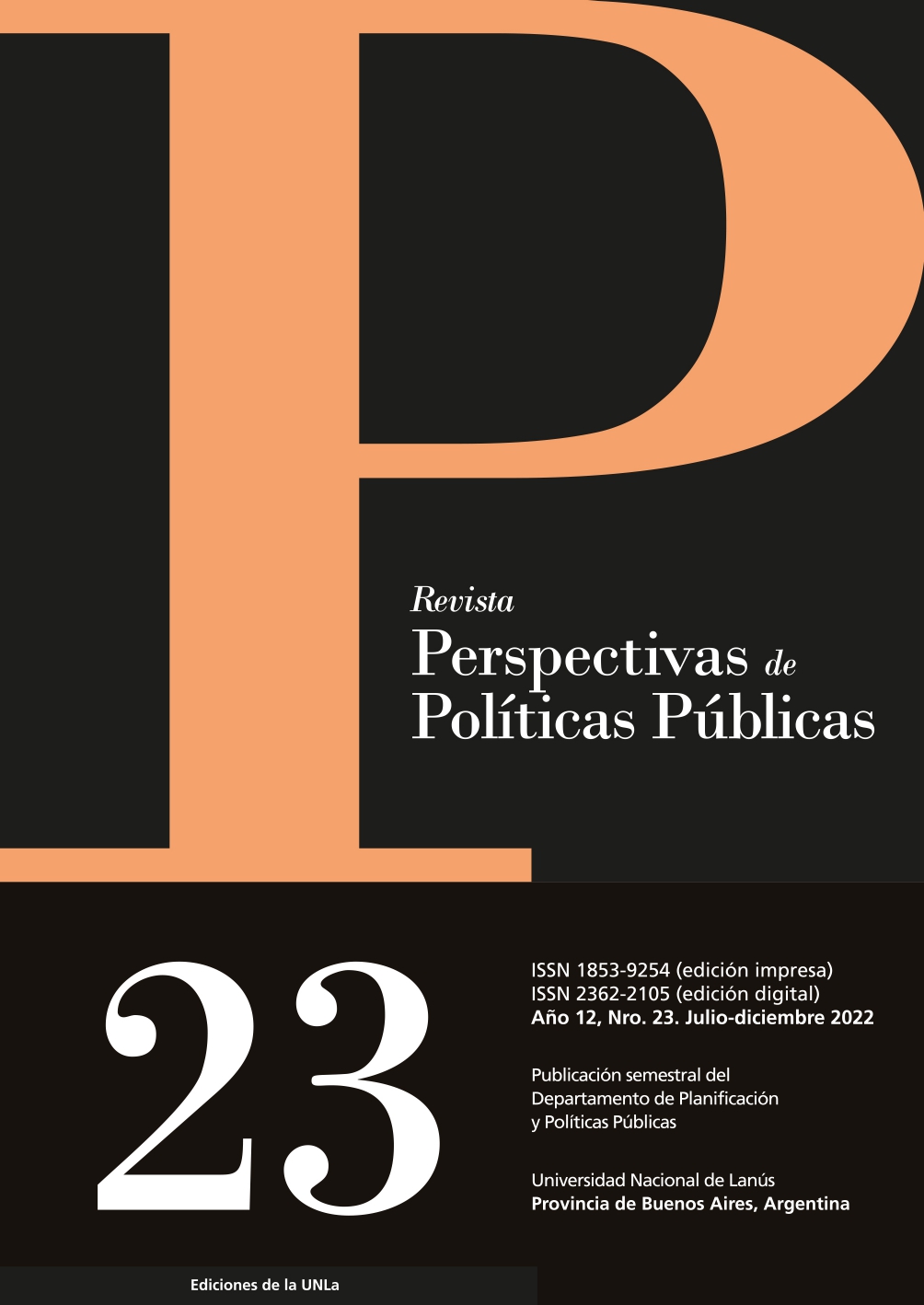Land Development Program: the interdependence of writing and implementing a public policy. A case study of Esperanza City, Santa Fe (2020-2021)
Abstract
Housing deficit reaches in Argentina approximately three and a half million households. Although in recent years policies of enlargement, refurbishment and construction of housing have been implemented, the lines of action to condition and qualify land with service infrastructure -a basic requirement for any housing intervention- have been both exceptional and limited in scope. In order to mitigate such a problematic situation, in 2020 the Federal Ministry of Territorial Development and Habitat (MTDH) launched the National Land Development Program (NLDP) to fund land qualification by provincial and municipal governments. The article address[1]es at the implementation of this policy through the experience of the Municipal Habitat Institute (MUHAIN) of the city of Esperanza. Appealing to sources such as NLDP regulations and procedural documentation, personal interviews to MUHAIN officials as well as statements from MTDH of- ficials in interviews and technical-academic events available on the internet, the research finds that NLDP’s ongoing implementation relies on a detailed standardization of the MTDH working processes at the local level as much as on the expertise of the bureaucracies involved. It is also noted that this policy makes visible the need for coordination adjustments between MUHAIN and areas of the executive branch of the provincial government as well within MUHAIN itself, which operates to the limit of its capabilities in the simultane[1]ous execution of a variety of housing programs.






